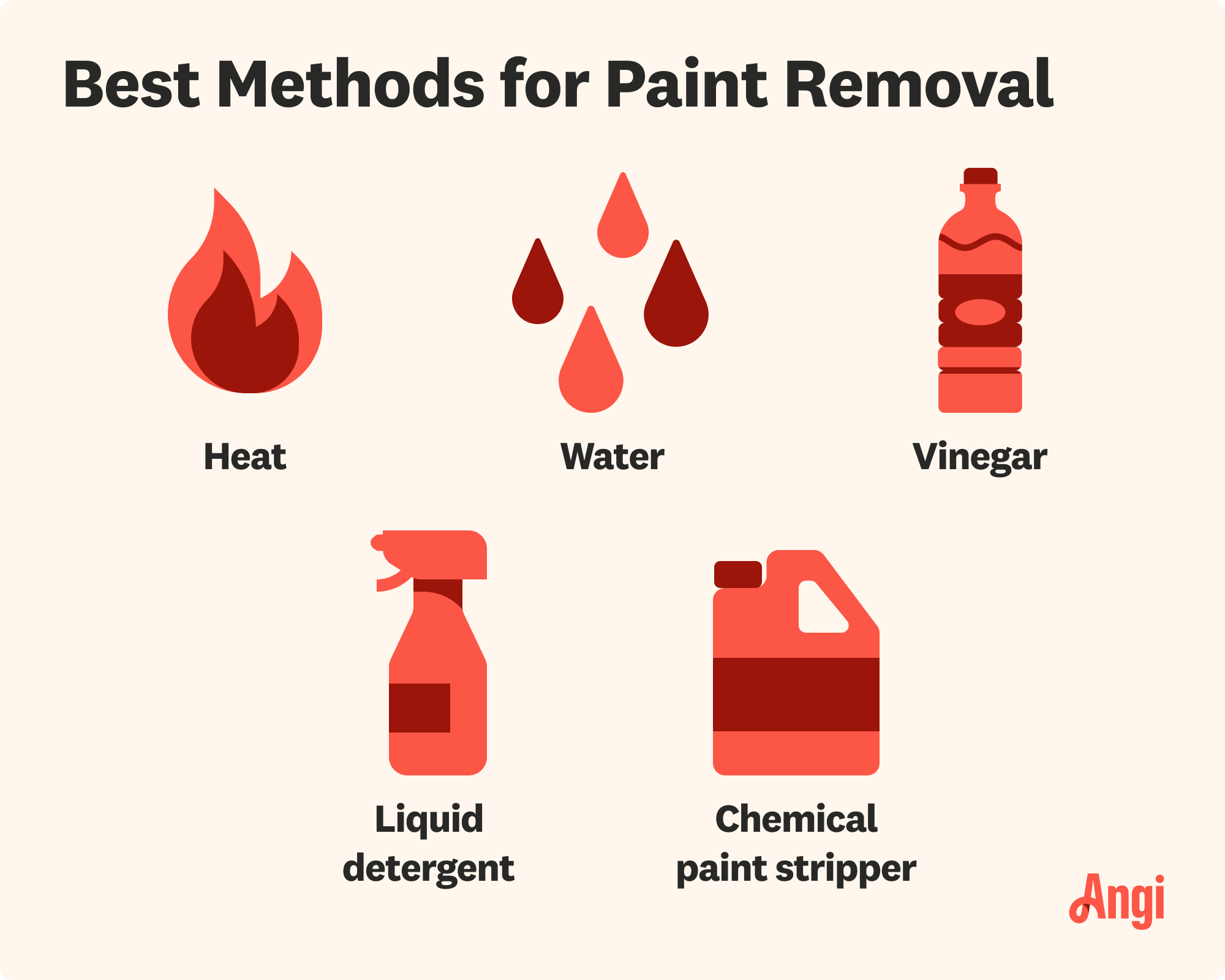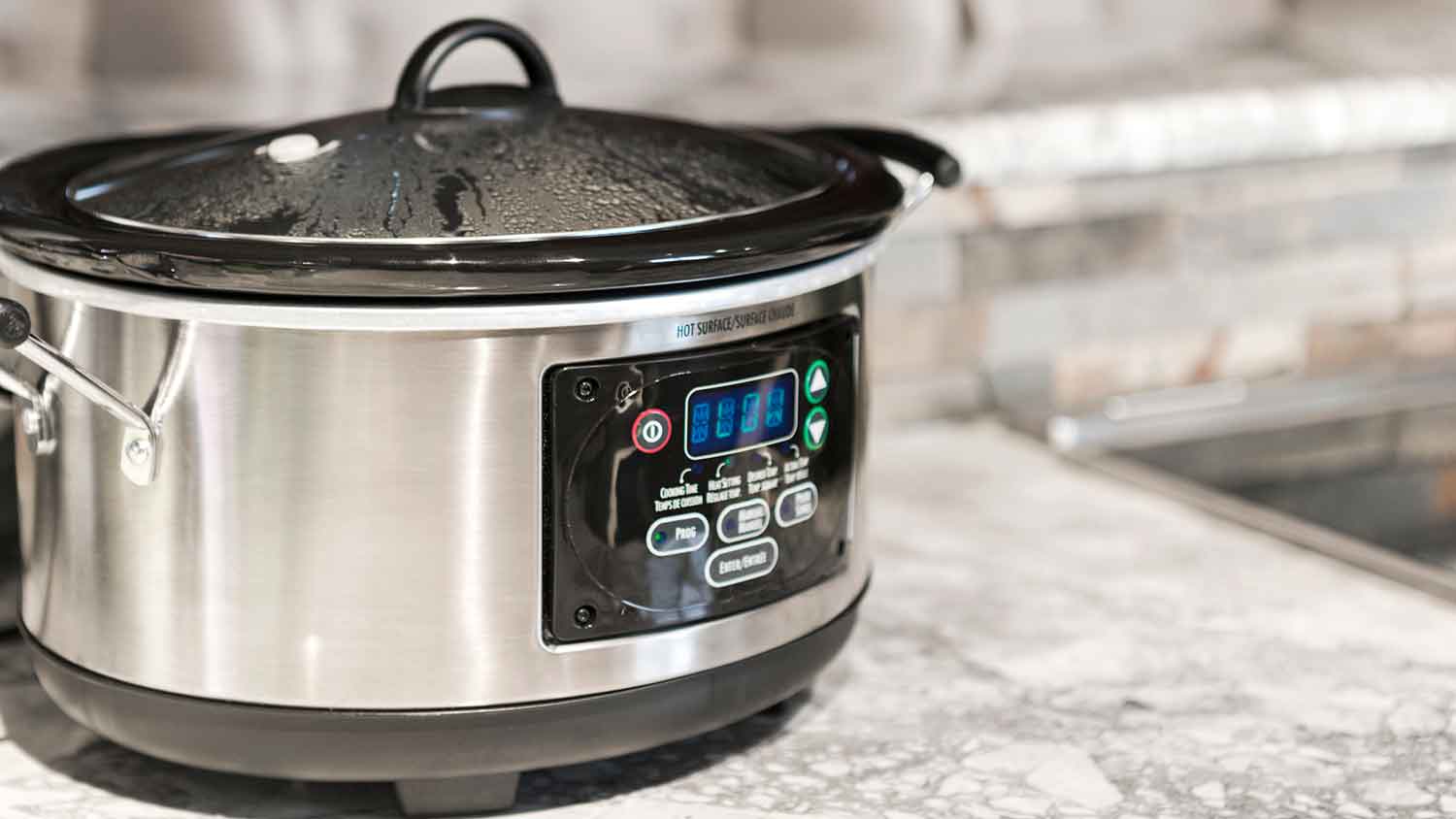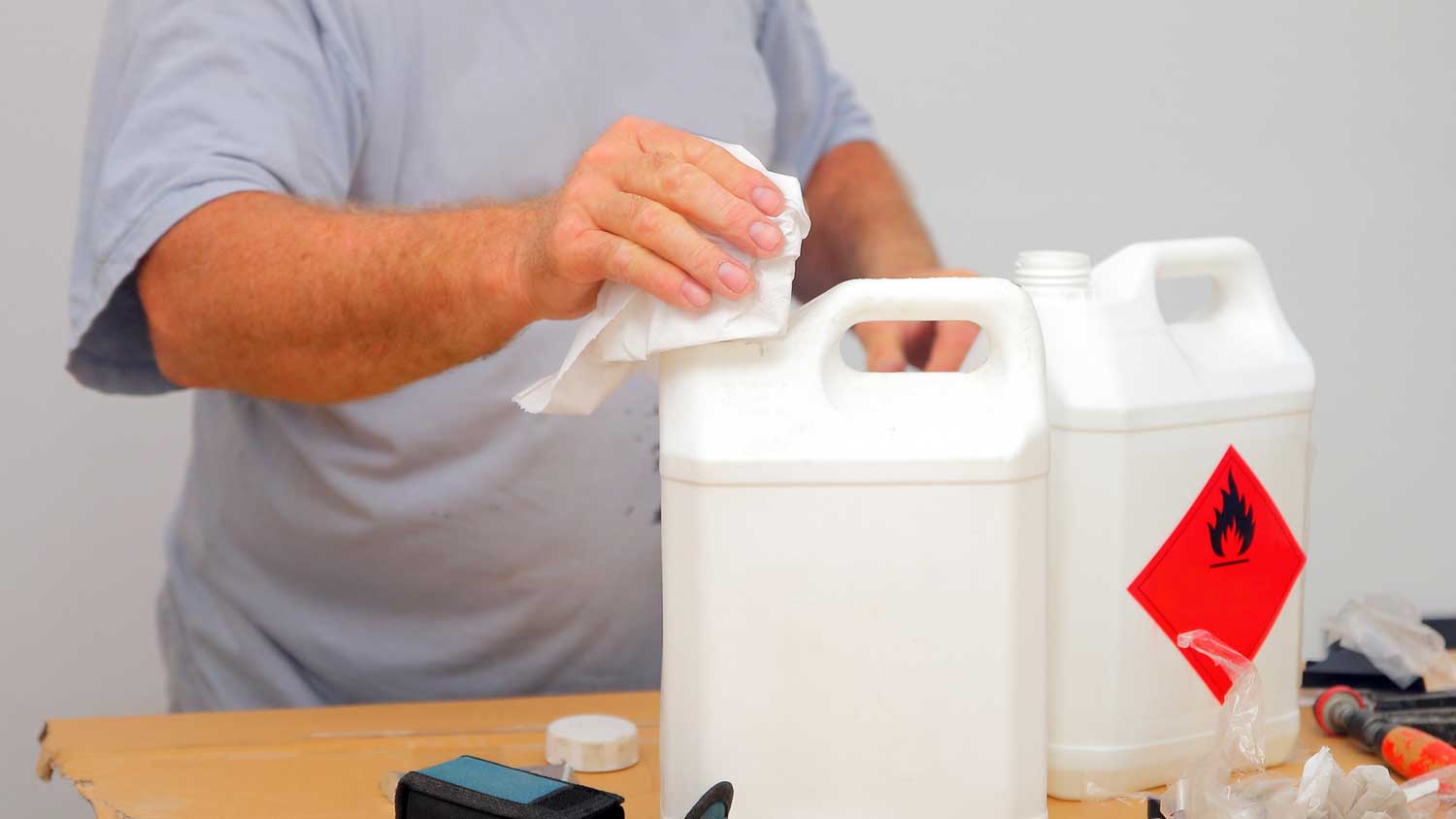
Whether you’re installing a new door or replacing an existing one, the cost of door installation varies based on location, door type, framing needs, and other factors.
Here’s how to effectively remove paint from your door hinges


Whether you lost control while painting a door or just moved into a fixer-upper that needs a lot of fixing, you might find yourself looking to remove paint from your door’s hinges. A relatively easy project, you can tackle this on your own or hire a local paint stripping company to get the job done and give your hinges back their shine.

Whether the paint on the door hinges is there by accident or because you wanted the hinges to match the door color, it’s not a wise choice to leave paint on them. Paint can easily hinder your hinge’s durability, which can shorten the hinge’s lifespan. In addition, the paint can make the hinges stiff, which makes opening and closing your door more difficult. Finally, because it has been placed on hardware that moves, the paint will tend to flake, leaving an unsightly or unfinished look to your door.
The cost to remove paint from a door, or an area of a door, such as the hinges, runs between $150 and $300, on average.
Before you start this project, you’ll want to set up a safe work area. You’ll be removing the hardware from the doors, so you can choose whichever location has excellent ventilation—this might be your backyard or the garage, so long as you leave the door open. Lay a drop cloth down where you want to work, and turn on the lights so you can see what you are doing clearly. You should also be near running water to clean your hands and the tools as you go.
To remove the paint from your door hinges, you’ll need to first remove the hardware. Use a utility knife to score around the edges of the painted hardware—this will prevent any damage to the surrounding area. Unscrew the hinges and gently pry them off the door, working mindfully so you don’t bend or scratch the metal. You’ll likely need to prop the door up gently on a wall nearby while you work on removing the paint from the hinges.
We did not include instructions for mechanical paint stripper removal; these techniques can damage surfaces and remove plating. Mechanical paint stripper removal should only be used on sturdy, unplated metal hardware.

Time to haul out that crock pot you bought at a yard sale—it has a purpose beyond making stews.
Place the hinges in the crock pot.
Cover the hinges with water.
Add a few tablespoons of liquid laundry detergent.
Set your crockpot to medium heat.
Let the hardware “cook” for eight hours—overnight works well.
The following morning, use plastic tongs to remove the hardware from the crockpot.
Use a toothbrush to remove any remaining paint.
Rinse the hinges with cold water, and pat them dry with a clean microfiber towel.

Chemical strippers could be your best option for very stubborn paint. When working with these hazardous materials, always stay in a well-ventilated work area and wear safety gear. Make sure also to choose a chemical stripper that matches the metal of your hinges. You’ll want to follow the chemical stripper’s specific instructions, but most will follow these basic steps.
Apply the stripper to the hinges.
Allow the stripper to sit for the recommended amount of time.
Remove the softened paint with a brush or plastic scraper.
Clean the hardware thoroughly to remove the stripper residue and any remaining paint.
Paint can be stubborn. If you have hinges coated with very difficult-to-remove paint, you can try soaking them in white vinegar overnight. In the morning, use a nylon brush to remove the stubborn paint. Make sure to rinse and dry the hinges thoroughly.
You can also try a heat gun to remove stubborn paint. This method, however, could release toxic fumes from old paint, so be sure to wear a mask and work in a well-ventilated area. Hold the heat gun near the paint without touching it, so that the heat causes the paint to release from the hinge. Work carefully so you don’t burn yourself, and never use this method with thin metal, as it could warp.
Removing paint from hinges takes some time and a little elbow grease, but you could save yourself a few hundred bucks by doing it yourself. The cost of hiring a professional paint stripping company near you is around $150 to $300 per door, and if you have many doors, that can add up quickly.
However, if you don’t know how old the paint on your hinges is, it might be best to hire a professional. Older paint might contain lead, which is very toxic—experts can run a lead paint test to confirm this and proceed accordingly.
From average costs to expert advice, get all the answers you need to get your job done.

Whether you’re installing a new door or replacing an existing one, the cost of door installation varies based on location, door type, framing needs, and other factors.

Planing a sticking door is a small repair that can make a big difference. Learn how much it costs to plane a door and what factors affect the cost.

Discover fire door cost data, including installation, materials, and tips to save. Learn what impacts fire door pricing and how to budget for your project.

A door sill and a threshold each serve a purpose, but both are necessary for the performance of exterior doors. This guide covers door sills versus thresholds.

Learn how to identify and prevent water from leaking through your sliding glass door with a few easy, effective solutions.

Replacing the glass on a sliding door is a budget-friendly alternative to replacing the whole door itself. But is it a DIY project? Let's take a look.